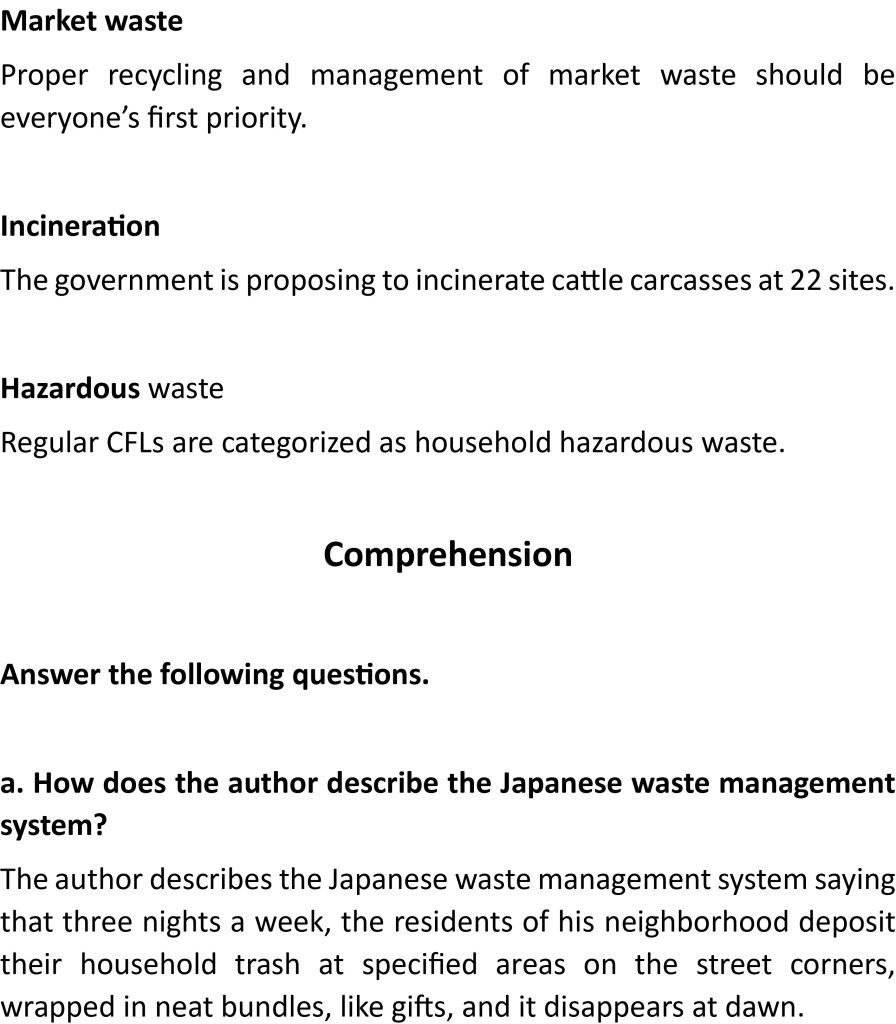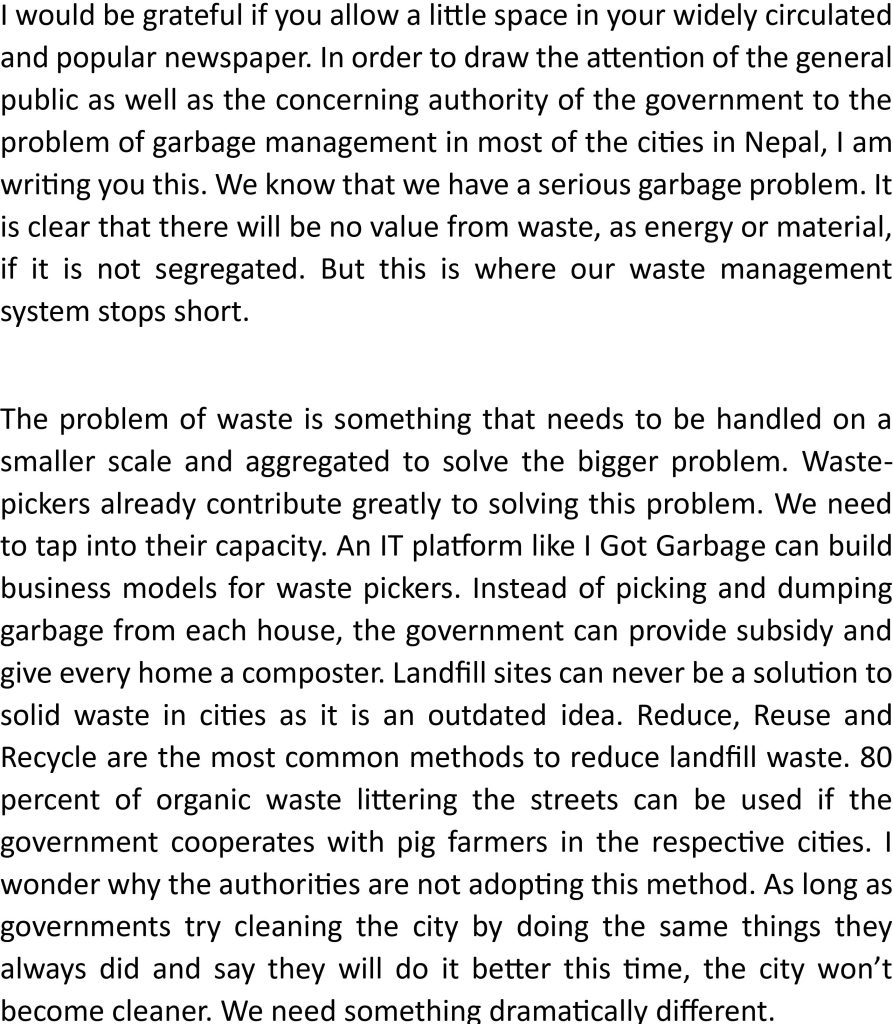Solution of exercise of Humour.
Here is the solution to all the exercises of the class 12 English chapter 8.





Audio summary of the letter
Continue reading with our latest English Guide App anytime








Summary
In the chapter Human Culture, the author explores cultural differences in waste management practices, focusing particularly on Japan. In Japan, waste is neatly packaged and collected multiple times a week. Cultural values like minimalism, freshness, and limited living space lead to practices such as sodaigomi, where residents discard large items, often in perfect condition. In contrast, in countries like Malaysia, people openly reuse and trade second-hand goods without shame.
The author describes his personal experiences with sodaigomi, initially feeling awkward but eventually embracing the practice to furnish his home. He highlights the hidden cultural shame around collecting discarded goods in Japan, requiring people to do so secretly. The chapter also touches on the broader topic of garbage management, introducing the concepts of the 3Rs — Reduce, Reuse, and Recycle — as sustainable solutions. Lastly, grammar exercises focus on the use of suffixes and comparatives, while writing exercises emphasize solutions to garbage problems in Nepal.
Key Takeaways
Japan’s waste management system is highly organized, involving neatly wrapped trash bundles.
Cultural attitudes like the desire for cleanliness and limited home space drive Japan’s sodaigomi tradition.
Malaysians embrace second-hand goods openly, unlike Japanese consumers who feel embarrassed about it.
Collecting items from sodaigomi piles often happens secretly to avoid social shame.
The 3Rs (Reduce, Reuse, Recycle) are critical strategies for sustainable waste and resource management.
Waste types such as organic, inorganic, and hazardous waste require proper handling to avoid environmental damage.
Nepal faces severe challenges in garbage management, primarily due to poor waste segregation and outdated practices.
Effective waste management in Nepal could include empowering waste-pickers, using composters, and promoting recycling.
Grammar lessons focus on comparative forms and expanding vocabulary through suffix addition.
FAQ:
What is sodaigomi in Japanese culture?
Sodaigomi refers to the disposal of large household items like furniture and appliances, typically discarded in clean and usable condition due to cultural emphasis on freshness and space-saving.
Why do Japanese people feel embarrassed about using second-hand items?
In Japan, second-hand goods are often associated with impurity or loss of social status, leading to embarrassment over their use.
How does waste management in Malaysia differ from that in Japan?
While Japan prefers discarding used items even if they are usable, Malaysians often reuse and eagerly buy second-hand goods, valuing practicality over freshness.
Why do people in Japan collect items from sodaigomi piles at night?
Collecting at night allows people to avoid social stigma and maintain appearances by not being seen scavenging discarded items.
What are the 3Rs, and why are they important?
The 3Rs stand for Reduce, Reuse, and Recycle. They are crucial in minimizing waste, conserving natural resources, and protecting the environment.
What kinds of waste were discussed in this chapter?
The chapter discusses sewage, sludge, organic waste, inorganic waste, methane emissions, market waste, incineration, and hazardous waste.
What are some challenges with garbage management in Nepal?
Nepal struggles with poor waste segregation, lack of recycling infrastructure, over-reliance on landfills, and inadequate public awareness.
How can Nepal improve its management of second-hand items?
Nepal could improve by promoting brand partnerships, setting fair pricing, offering consultation services, and leveraging social media outreach for second-hand markets.
How did the author’s family adapt to Japanese culture?
They discreetly collected useful items from sodaigomi piles at night, gradually embracing the Japanese practices around waste and resourcefulness.
What grammar focus areas were highlighted in the chapter?
The chapter emphasized learning comparatives and superlatives, using suffixes to form new words, and sentence restructuring for better clarity.


Leave a Reply